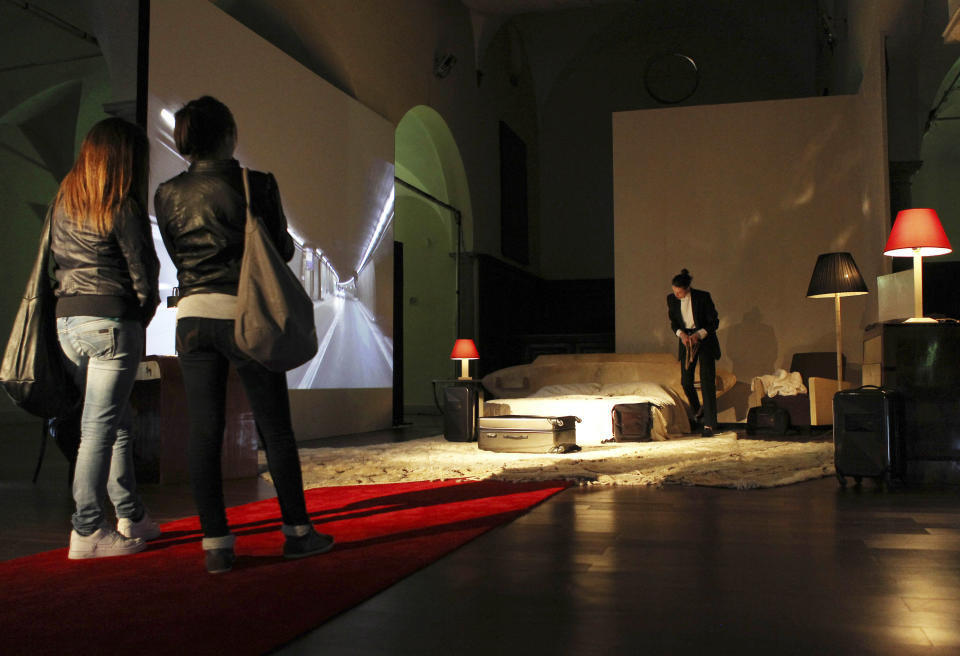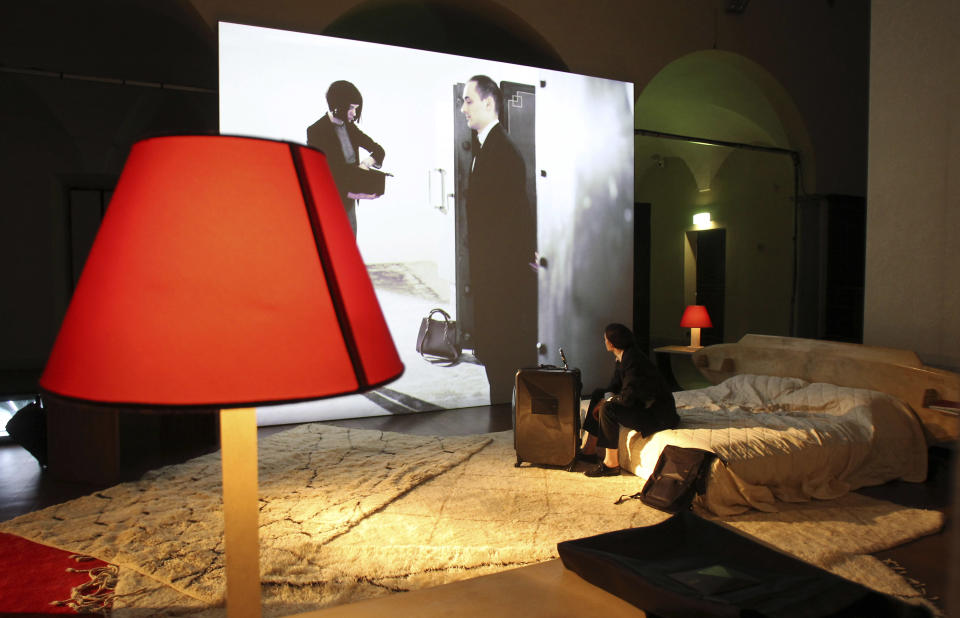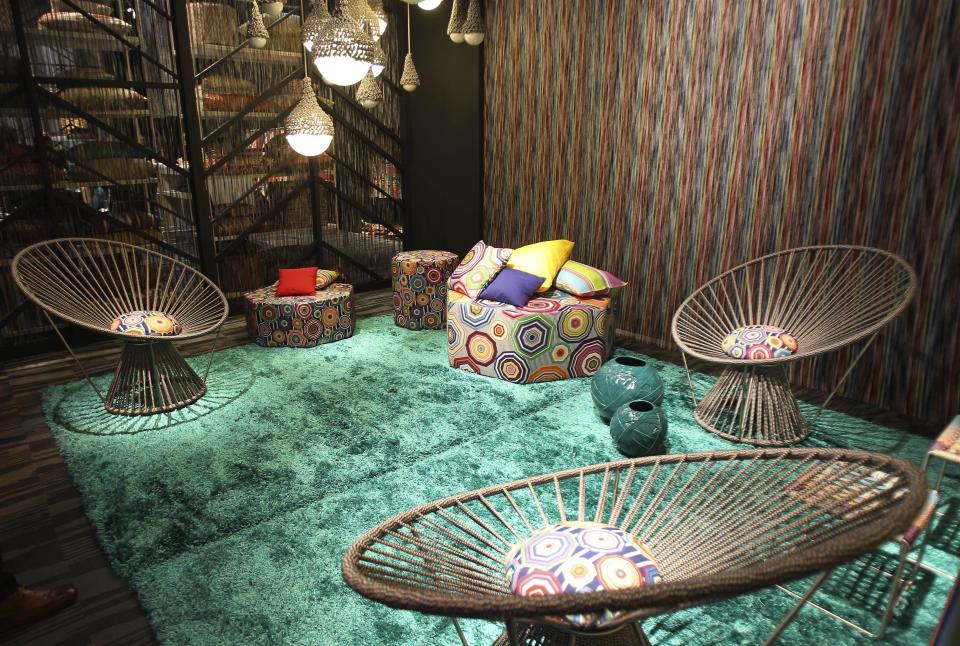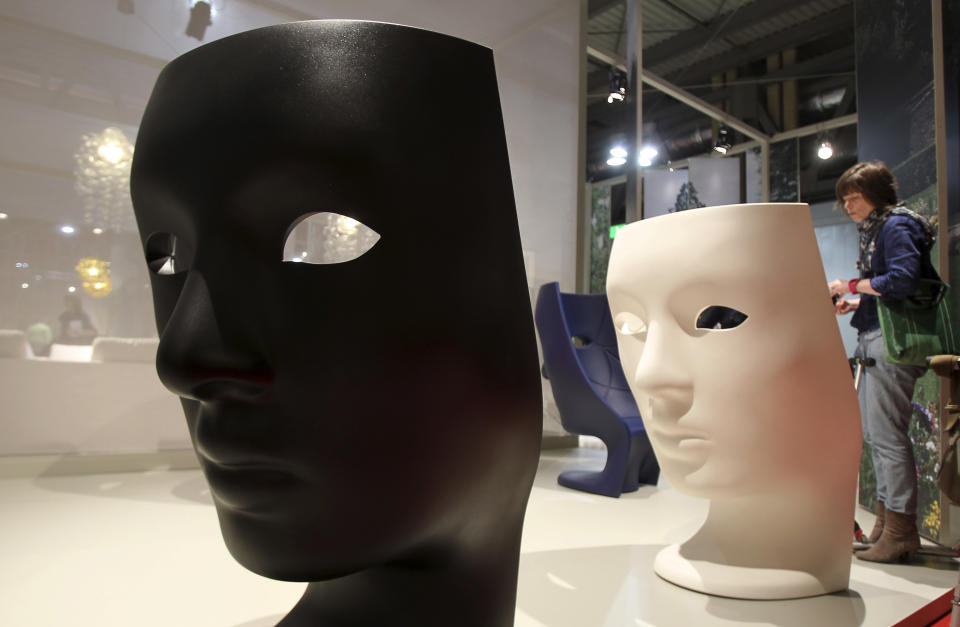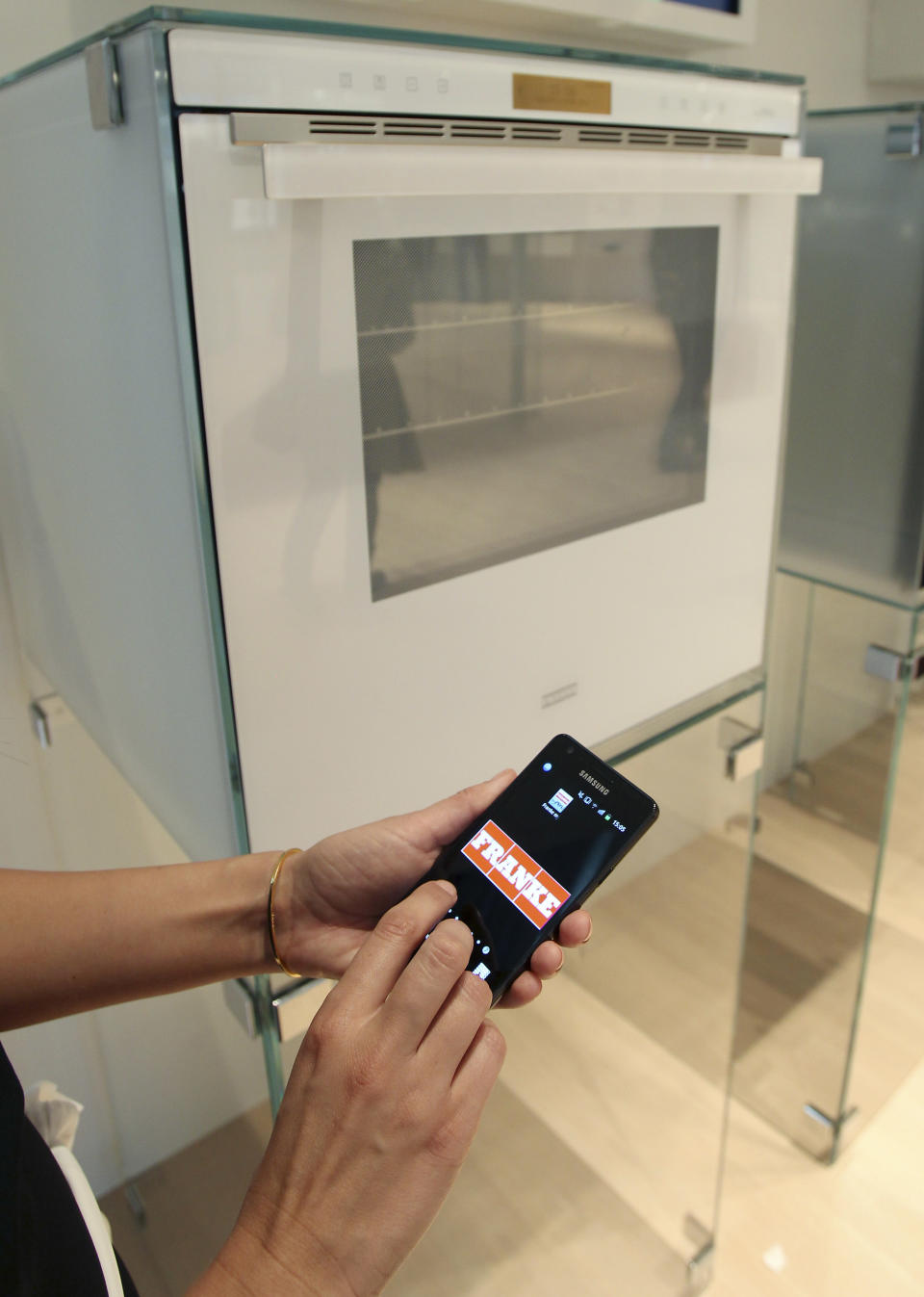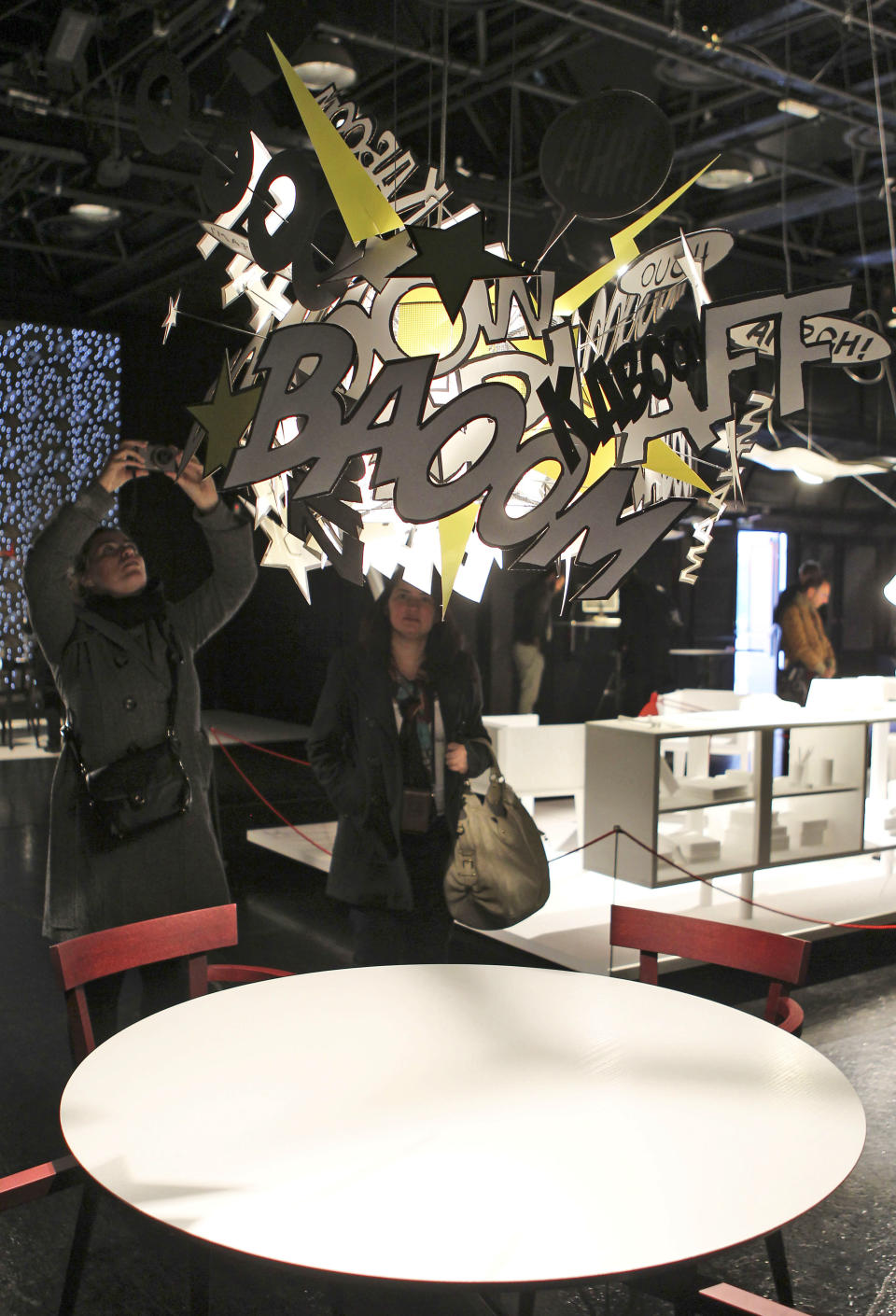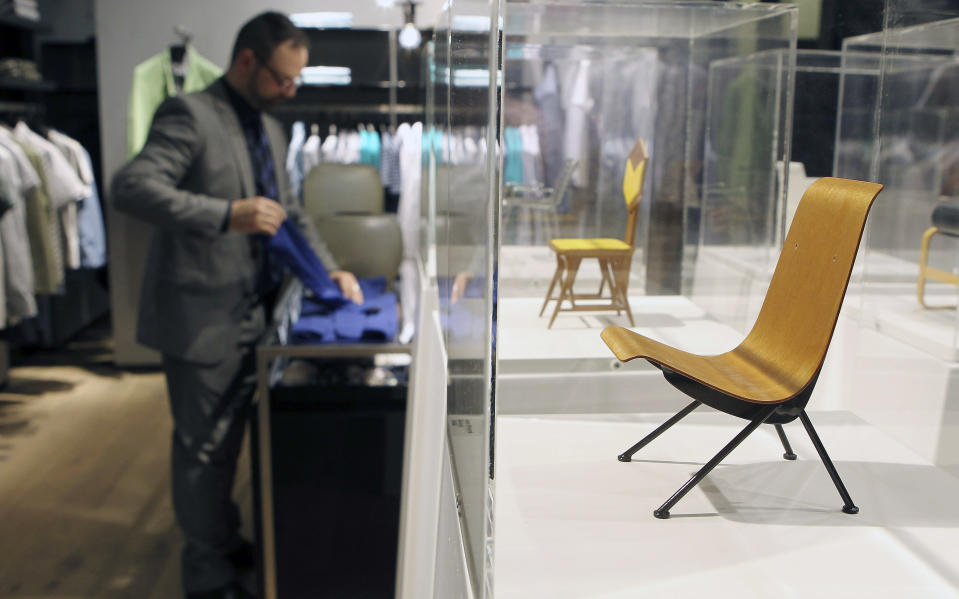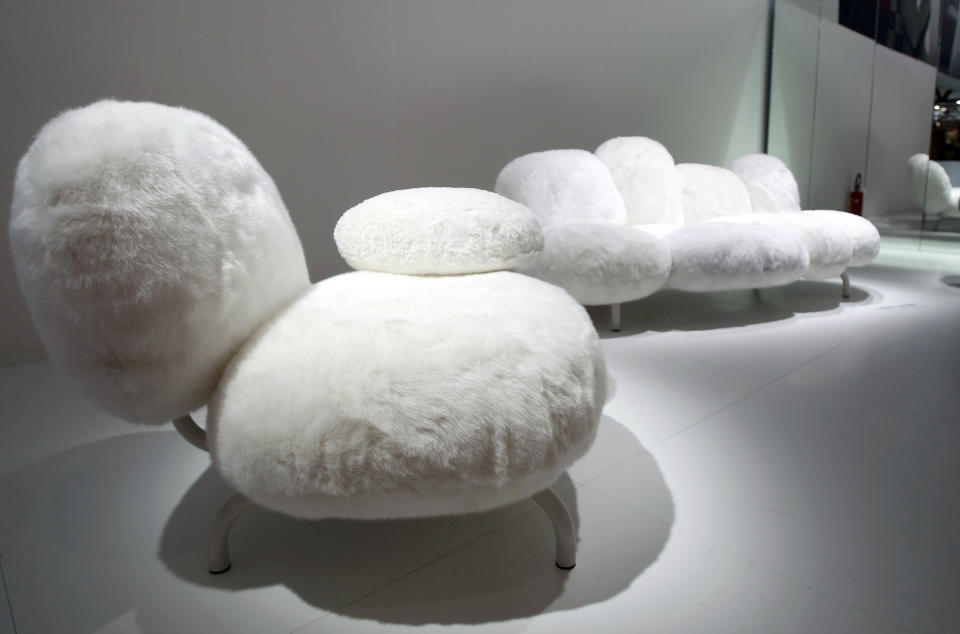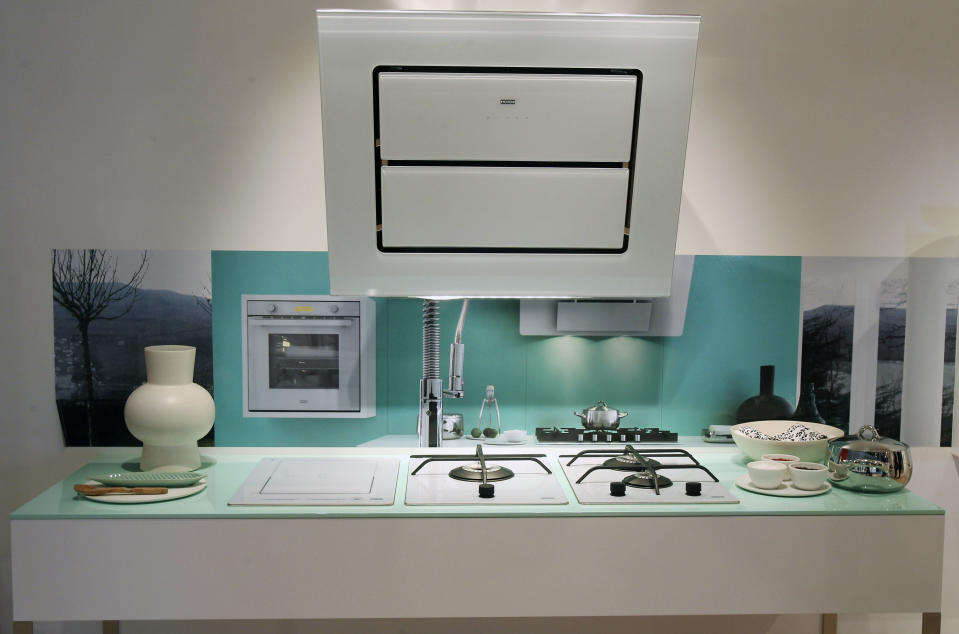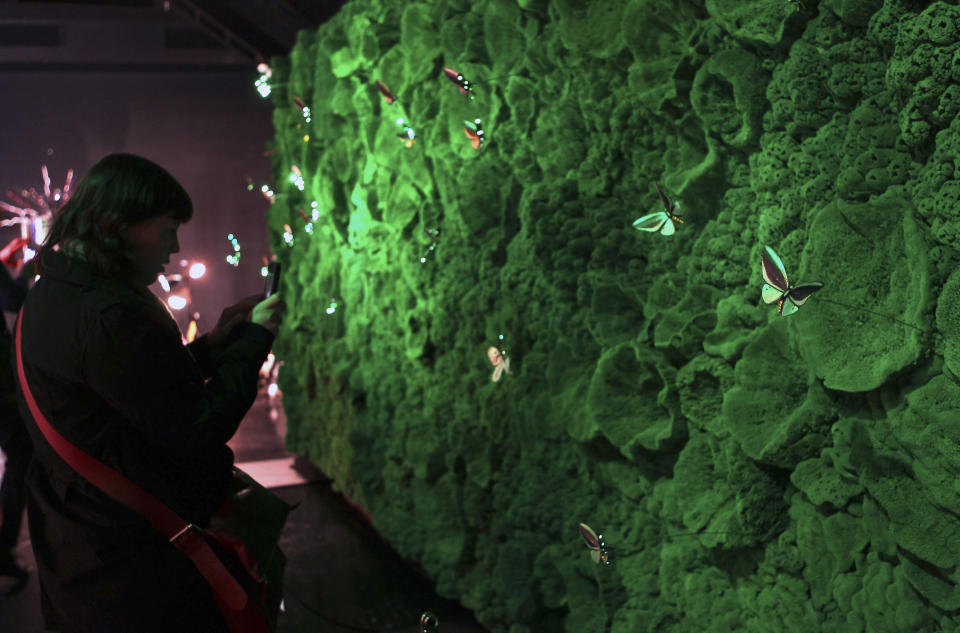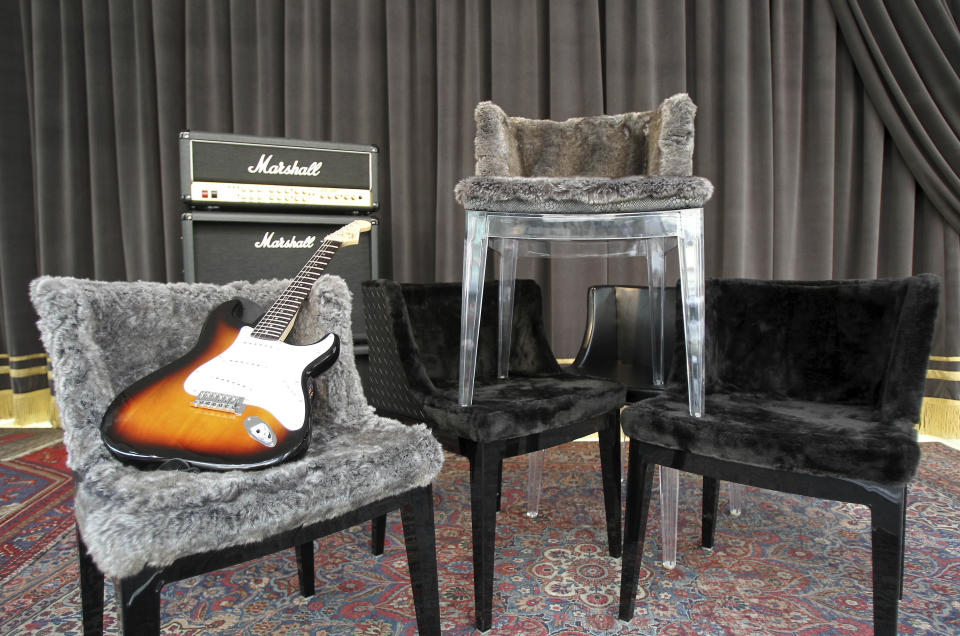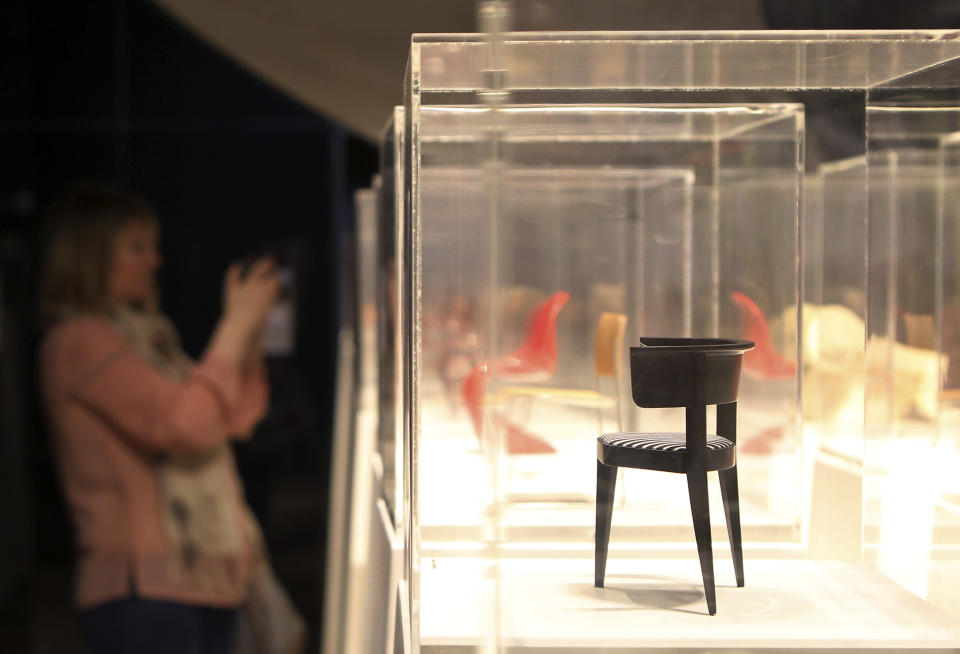Starck says democratic design paying off
MILAN (AP) — Philippe Starck says his philosophy of democratic design, or quality pieces at accessible prices, is paying off in the ongoing economic crisis.
"People are intelligent. They want quality. They want a high level of creativity, but everyone will have less money," Starck said in an interview during the Milan Furniture Fair, which ended Sunday.
The times, he said, favor the kind of creative impulse that led to his decades-long collaboration with the Italian design company Kartell, which specializes in plastic contemporary furniture.
"This was my intuition 40 years ago when I started design," he said. "Now we have the reward of the political and philosophical choice."
In that mood, the mainstays of this year's Milan Furniture Fair, the industry's premier event, were not about costly redecorating. Instead, designers showcased a few distinctive pieces that inspire and give new impulse to a room, as well as technological advances to make life easier.
Starck presented "Miss Less," a glossy plastic chair formed on a slim backrest atop a square base, as well as a pair of aluminum candlestick holders that when placed together appear to be lost in an embrace called "Abbraciaio," and light plastic document holders named "Archive." Something for everyone. The French designer, who has a home on one of Venice's islands, also lent his iconic "Mademoiselle" chair to design newcomer Lenny Kravitz, who clad the plastic chair in python, fur and leather.
Despite the persistent crisis, which has seen Italian furniture revenues contract by 5 percent to $20 billion in 2011 from 2010, requests for space at the enormous Rho Fairgrounds outside Milan outstripped availability by 19,000 square meters (200,000 sq. feet), organizers said. The event attracted some 300,000 visitors with events that spill over into showrooms, museums and design spaces throughout the city, which gives the event a high-design street fair feel.
It is not just furniture-makers competing for attention of the design community.
The Tumi luggage and accessories brand chose the weeklong event to create a buzz around a new line of lightweight hard luggage designed by New York-based Israeli designer Dror Benshetrit, who spent 18 months making prototypes. The sleek Dror collection features angular cut surfaces, giving the pieces a modern aesthetic that also employs an engineering trick to give added resistance.
London-based artist Jules Wright got the chance to test out the luggage on a five-country European tour filming a short film that looped at the collection's unveiling at Milan's Museum of Science and Technology.
"They were light, and we had them absolutely rammed," she said.
In a more traditional vein, Knoll premiered a new line of contemporary lounge furniture that it commissioned from French designers Pierre Beucler and Jean-Christophe Poggioli of Architecture & Associes, who brought an architect's sense of space to furniture design.
The pair created a cinematographic collection of sofas, armchairs and chaise lounges that maintain a comfortable softness within a disciplined line. The designers said they spent months testing the cushions to get the correct firmness for the seats and softness for the backrests.
While the new lounge collection has a classic feel, the pair also paid special attention to modernist touches — putting armrests on sofas that can comfortably accommodate today's paraphernalia: smart phones, tablet computers and remote controls. The pieces can easily be grouped in, say, an office lounge or waiting room, but can also stand alone — an aesthetic and economic choice.
The Swiss kitchen appliance maker Franke rolled out its new smart phone-controlled oven, "My Menu," that speaks to today's hectic pace. Users can design menus in the smart phone app, which gives a shopping list and recipes to dinner party size. Then the courses can be put simultaneously into various levels of the oven, and cooked to order. The user is free to join guests for a chat and a cocktail, receiving a message on the phone as each course finishes cooking.
Franke also commissioned four architects to create concept kitchens.
Indian designer Satyendra Pakhale designed a compact kitchen in deep red and an abundance artificial light, recognizing that urbanites worldwide have limited space for cooking and cannot count on natural sunlight. In it, he put the full-sized "My Menu" oven, an island with a sink and a stove top — all in a 2.5 square meter (27 sq. feet) space.
"I wanted to kind of create a conception for a future kitchen, which will have a quality space and a very cheerful atmosphere," said Pakhale in a phone interview from the Netherlands. "I can't think of any culture where the kitchen is not important. It is primal."
A stroll through Milan during the fair revealed surprises at nearly every turn. At the Triennale design museum, acrobats performed amid design objects and percussionists filled the halls with dissonance, to the amusement of late-night design enthusiasts. An exhibit of miniaturized chairs from the Vitra Design Museum was on display at the Hugo Boss San Babila boutique, from Ludwig Mies van der Rohe's "Barcelona chair" to Marcel Breuer's "Wassily." And anyone with an iPhone could discover a virtual exhibit of impossible designs at five locations in Milan, including the piazza outside of La Scala.
There, artist Denis Santachiara planted his notion of a design project that would never be realized: personalized urns.
In Santachiara's vision, a client could order many small urns, creating small memorials with even personalized inscriptions to leave to loved ones on one's earthly departure. Concept urns, based on a model who happened to be an opera singer, were visible to passers-by with iPhones near Milan's La Scala opera house.
"It's like a souvenir of her life," Santachiara said. But the urns are nearly impossible to imagine commercially, hence their inclusion in "Design Impossible."
Santachiara's exploration is based on technology that allows designers to create personalized objects, mostly in plastic, from machines referred to as three-dimensional printers.
At the Rho fairgrounds, he showed a personalized foot stool he designed for Campeggi that bears the profile of the client, or someone of the client's wishes, based on a picture sent via Internet. The profile becomes the basis for an upholstered stool.
Santachiara also is pushing the envelope on the idea of transformational design, assigning students to come up with projects that involve transforming data from the Web into objects — conceptually "downloading" them from the Internet. In one case, students have proposed making furniture or accessories based on users' fingerprints, photographed from a webcam. In another, users would scan a child's drawings, which are then turned into toys or chocolates. And in yet another, the mathematical rendering of voice or music patterns can transform into design objects, like jewelry or lighting fixtures.
"We are transforming these into products," Santachiara said. "Something from our own molecules is transformed into computer bites and then into something more."
___
Online:
http://www.cosmit.it
http://www.kartell.com
http://www.knoll.com
http://www.franke.com
http://www.designimpossible.org

